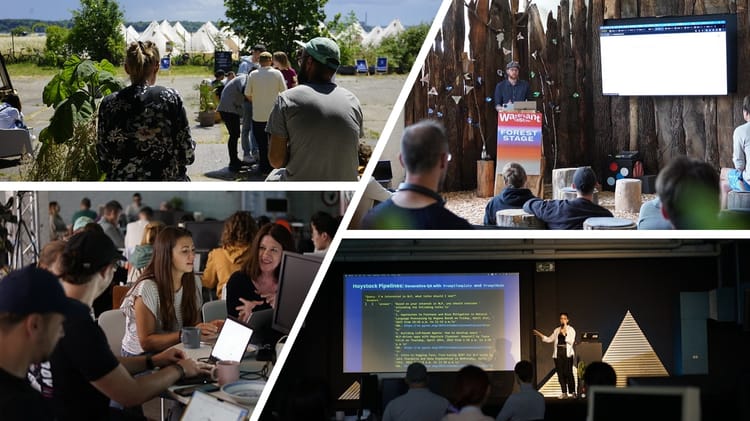Coding.Waterkant 22: Identify Mobile Genetic Elements

Sign up for the Coding.Waterkant 22, our all new AI incubator week that will take place from June 7 to 10 in Kiel, and support Dustin Hanke and Yiqing Wang from the University of Kiel to identify mobile genetic elements that help predict the spread of antibiotic resistances, for example.
to get more details on the event, other participating projects, and to register for the event.
Project Description
Transposable elements (TE) are frequent genomic sequences that can change their position ineffectively in the genome by copy & paste mechanisms. During this process they are often dragging essential or beneficial genes like antibiotic resistance genes to another location. Sometimes characteristics of TEs are missing or TEs are defragmented, which makes the identification challenging. In this project we are approaching to use the gene frequency landscape of genomic sequences to detect putative TE regions utilizing methods like LSTMs or transformer models.
Dataset
We provide a protein family frequency dataset of 9226 genomic sequences originating from Klebsiella, Escherichia, and Salmonella.
How you can contribute
We are happy about anyone to join, who is interested in understanding the fundamentals of transposable elements and wants to push our approach. Especially, we would be glad about participants having a strong technical background in applying LSTMs and/or Transformer models. Experience in adjusting, improving and building complex ML models would be beneficial.






Member discussion